Magnolia Magic: Diving into History, Whiffing Myths, and the Science of Sensuality
Magnolia Magic: Diving into History, Whiffing Myths, and the Science of Sensuality
This month, as we romp through the floral fanfare of spring, the magnolia takes center stage with its jaw-dropping beauty. We've already given you a sneak peek at our top picks for magnolia-infused scents that we're absolutely obsessed with right now. But hold onto your hats, because we're about to unravel even more about the delicate and sometimes startling aroma profiles these grand blooms can release.
Let's kick things off by exploring some enthralling myths and rich history surrounding this timeless flower.
Imagine being named after Pierre Magnol, the French botanist genius who started grouping plants into families way before it was cool. Witnessing a magnolia tree in full bloom is like watching one of nature's most flamboyant performances—those robust buds erupt into saucer-sized, chalice-shaped wonders that have stopped many a passerby, myself included, in their tracks.
Hailing from both Asia and the Americas, magnolias boast about 200 different species. They're considered one of the oldest flowering plants, with roots tracing back to the era of dinosaurs—who, sadly, couldn't enjoy dabbing themselves with magnolia scent like we do today.
The secret to a magnolia's mesmerizing scent lies in its thick, waxy 'tepals'—a primordial mash-up of petals and sepals. These house scent compounds like linalool, which gives off a zesty citrus aroma. As Judith Adam puts it on gardenmaking.com, "Creamy magnolia blossoms in the crisp spring air are a gardener's dream come true after a long winter." Interestingly, the very temperature of the air can significantly transform the scent of a magnolia bloom, ranging from sweet candy to citrus-honey or even dusty violets.
In ancient China, magnolias symbolized feminine beauty and gentility, resonating with notions of nobility and dignity. An emperor might have even gifted you a magnolia as a token of high esteem. Meanwhile, in the American South, magnolias were a staple in bridal bouquets, signifying the bride's purity. Yet, there's a sultrier side to these flowers, often captured by artists and photographers like Imogen Cunningham, whose provocative close-ups of magnolias in the 1920s stirred as much buzz as the paintings of Georgia O'Keeffe.
Perfumers and scent aficionados have a long-standing love affair with magnolias, and science might just explain why. Research from the Ruhr-Universitat Bochum reveals that our noses are equipped with a specific receptor, VN1R1, that goes wild for methyl dihydrojasmonate—a compound magnolias release. This interaction not only sparks memories and motivations but also activates the hypothalamus, dialing up hormone levels. According to The BioPhiles blog, this effect is peculiar to magnolias and jasmine, dubbing magnolia scents not just romantic, but downright lustful.
With their ability to evoke innocence and stir up desire, it's no wonder that modern perfumery can't stop singing praises of the creamy, dreamy magnolia scent. So, as you indulge in these blossoms' captivating fragrance, remember—you're experiencing a blend of ancient allure and scientific marvel!
This month, as we romp through the floral fanfare of spring, the magnolia takes center stage with its jaw-dropping beauty. We've already given you a sneak peek at our top picks for magnolia-infused scents that we're absolutely obsessed with right now. But hold onto your hats, because we're about to unravel even more about the delicate and sometimes startling aroma profiles these grand blooms can release.
Let's kick things off by exploring some enthralling myths and rich history surrounding this timeless flower.
Imagine being named after Pierre Magnol, the French botanist genius who started grouping plants into families way before it was cool. Witnessing a magnolia tree in full bloom is like watching one of nature's most flamboyant performances—those robust buds erupt into saucer-sized, chalice-shaped wonders that have stopped many a passerby, myself included, in their tracks.
Hailing from both Asia and the Americas, magnolias boast about 200 different species. They're considered one of the oldest flowering plants, with roots tracing back to the era of dinosaurs—who, sadly, couldn't enjoy dabbing themselves with magnolia scent like we do today.
The secret to a magnolia's mesmerizing scent lies in its thick, waxy 'tepals'—a primordial mash-up of petals and sepals. These house scent compounds like linalool, which gives off a zesty citrus aroma. As Judith Adam puts it on gardenmaking.com, "Creamy magnolia blossoms in the crisp spring air are a gardener's dream come true after a long winter." Interestingly, the very temperature of the air can significantly transform the scent of a magnolia bloom, ranging from sweet candy to citrus-honey or even dusty violets.
In ancient China, magnolias symbolized feminine beauty and gentility, resonating with notions of nobility and dignity. An emperor might have even gifted you a magnolia as a token of high esteem. Meanwhile, in the American South, magnolias were a staple in bridal bouquets, signifying the bride's purity. Yet, there's a sultrier side to these flowers, often captured by artists and photographers like Imogen Cunningham, whose provocative close-ups of magnolias in the 1920s stirred as much buzz as the paintings of Georgia O'Keeffe.
Perfumers and scent aficionados have a long-standing love affair with magnolias, and science might just explain why. Research from the Ruhr-Universitat Bochum reveals that our noses are equipped with a specific receptor, VN1R1, that goes wild for methyl dihydrojasmonate—a compound magnolias release. This interaction not only sparks memories and motivations but also activates the hypothalamus, dialing up hormone levels. According to The BioPhiles blog, this effect is peculiar to magnolias and jasmine, dubbing magnolia scents not just romantic, but downright lustful.
With their ability to evoke innocence and stir up desire, it's no wonder that modern perfumery can't stop singing praises of the creamy, dreamy magnolia scent. So, as you indulge in these blossoms' captivating fragrance, remember—you're experiencing a blend of ancient allure and scientific marvel!
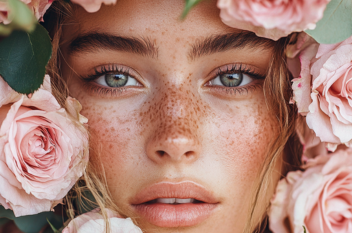









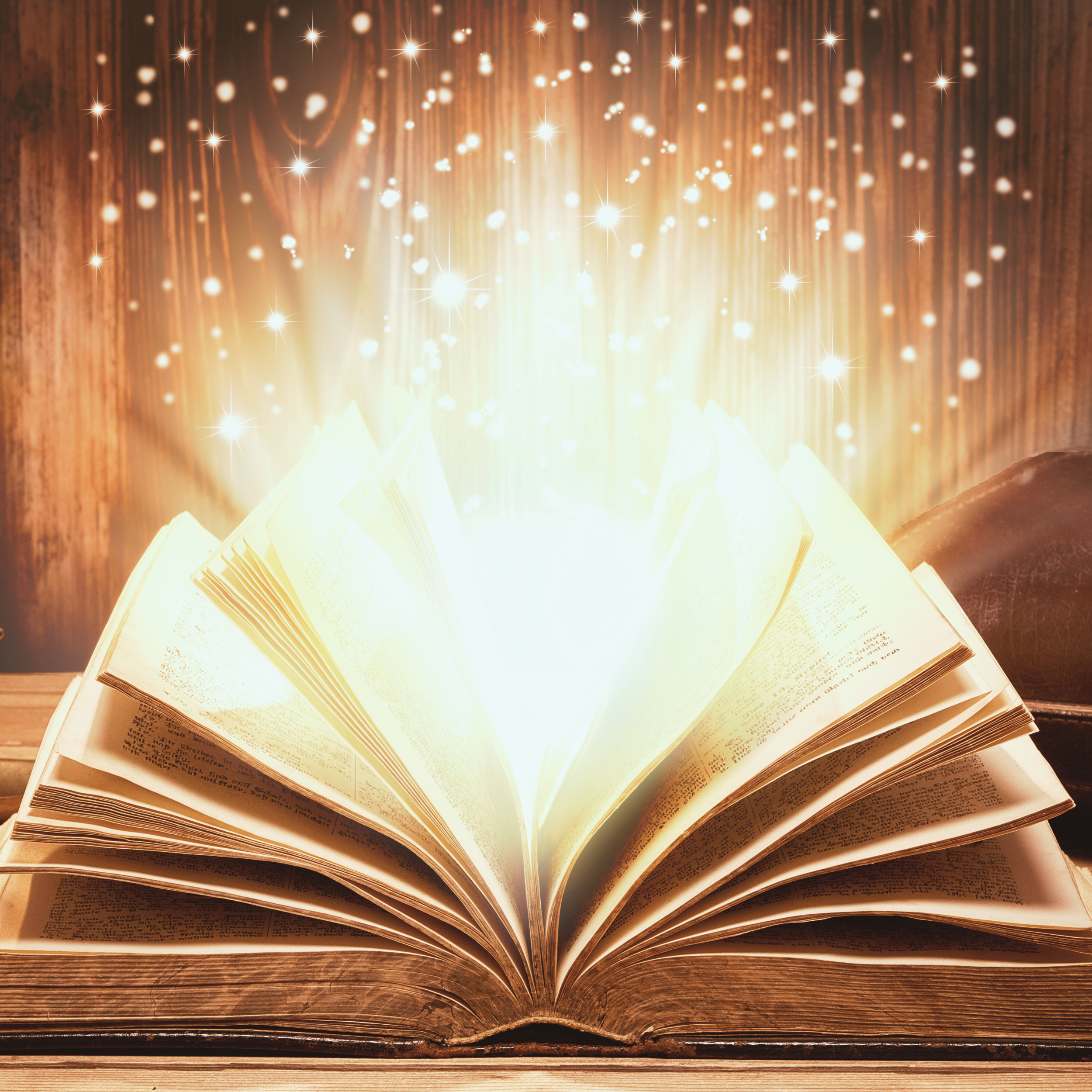




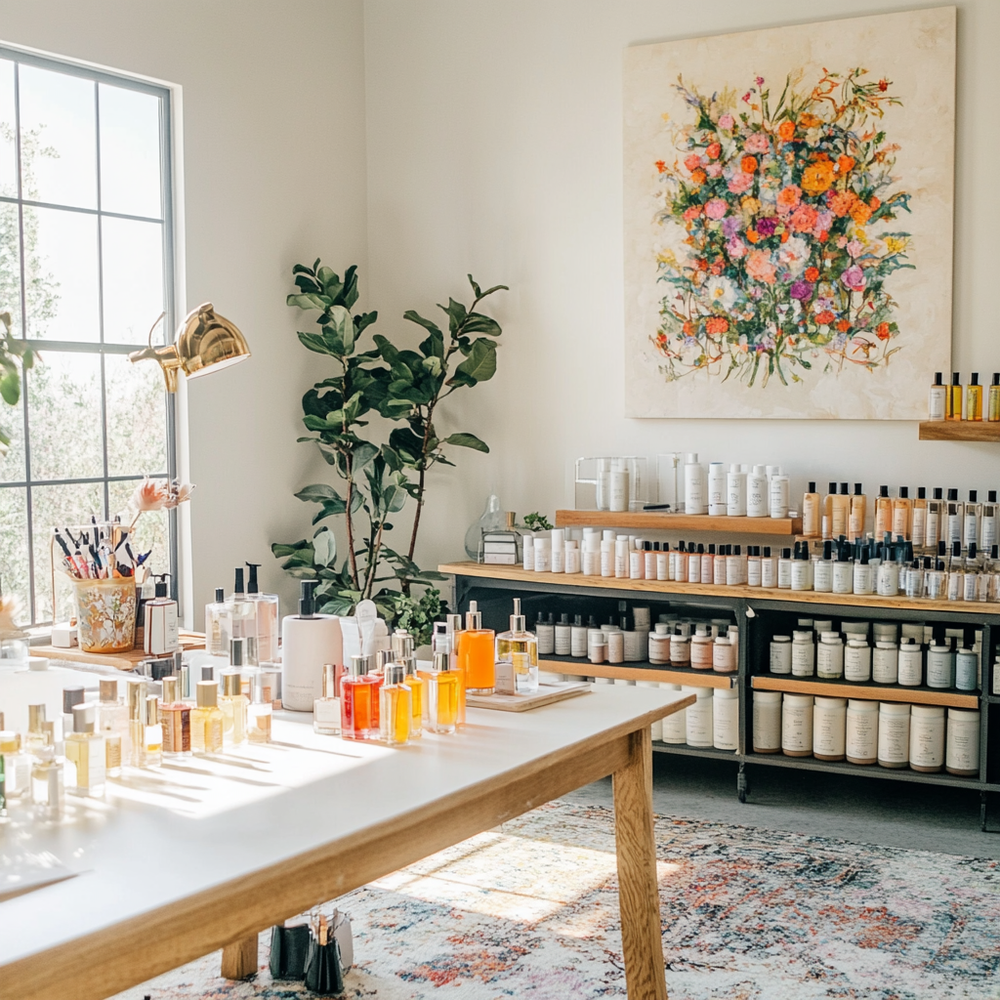



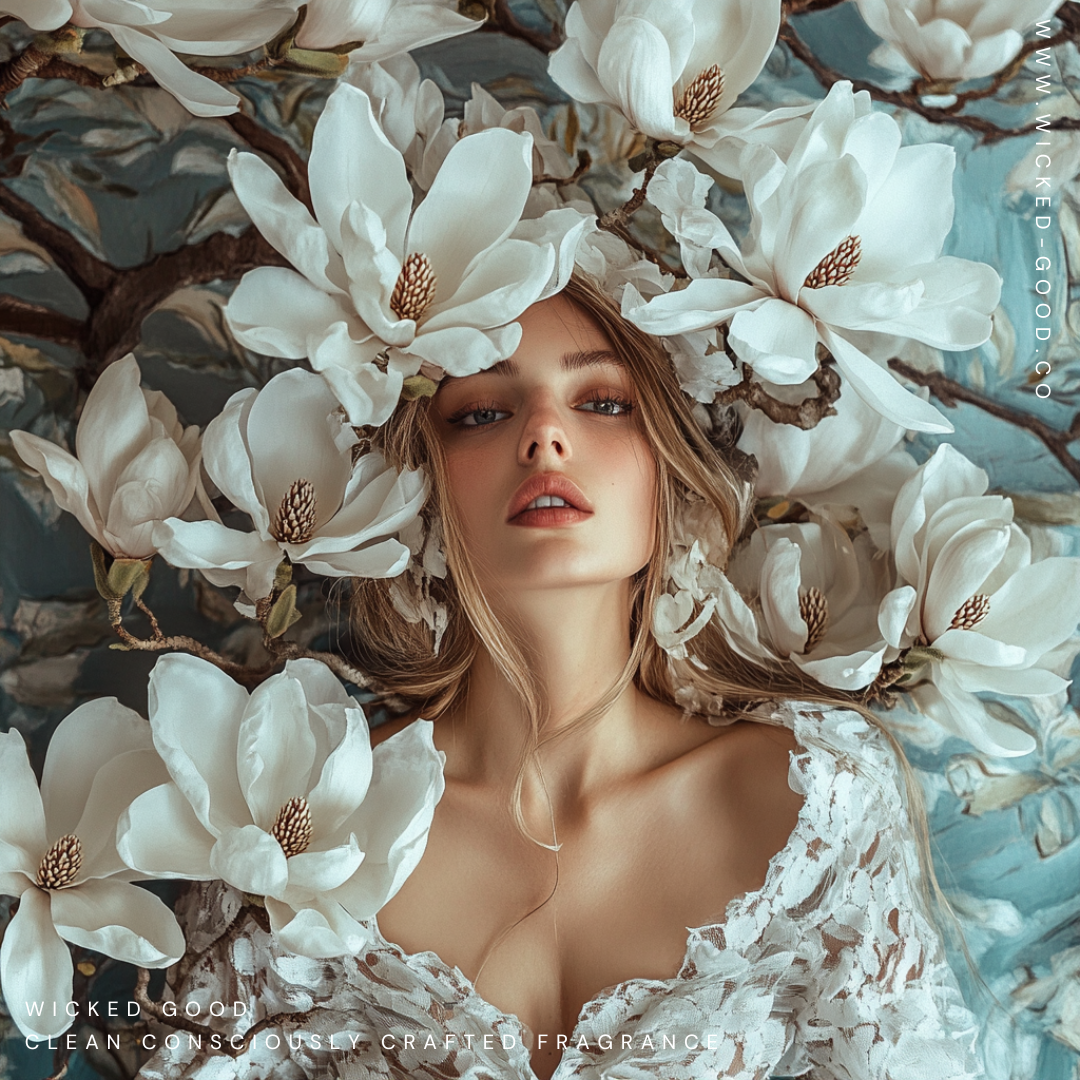




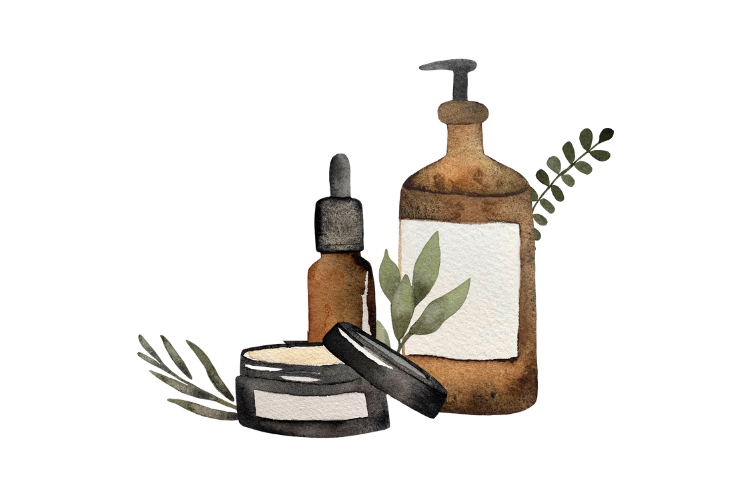

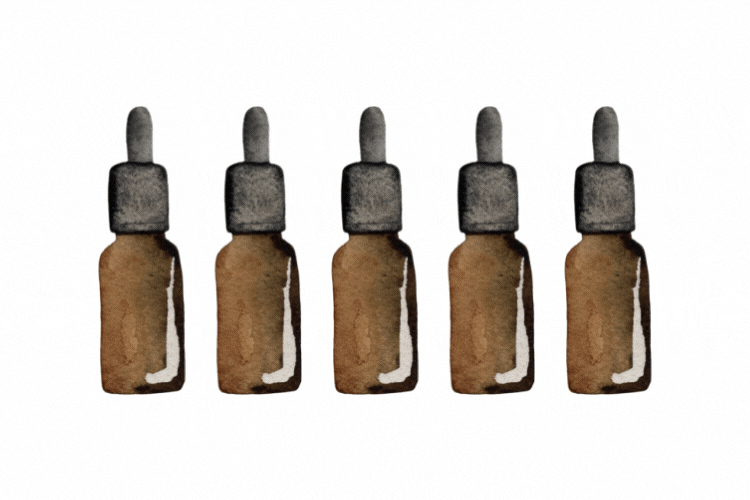
Leave a comment